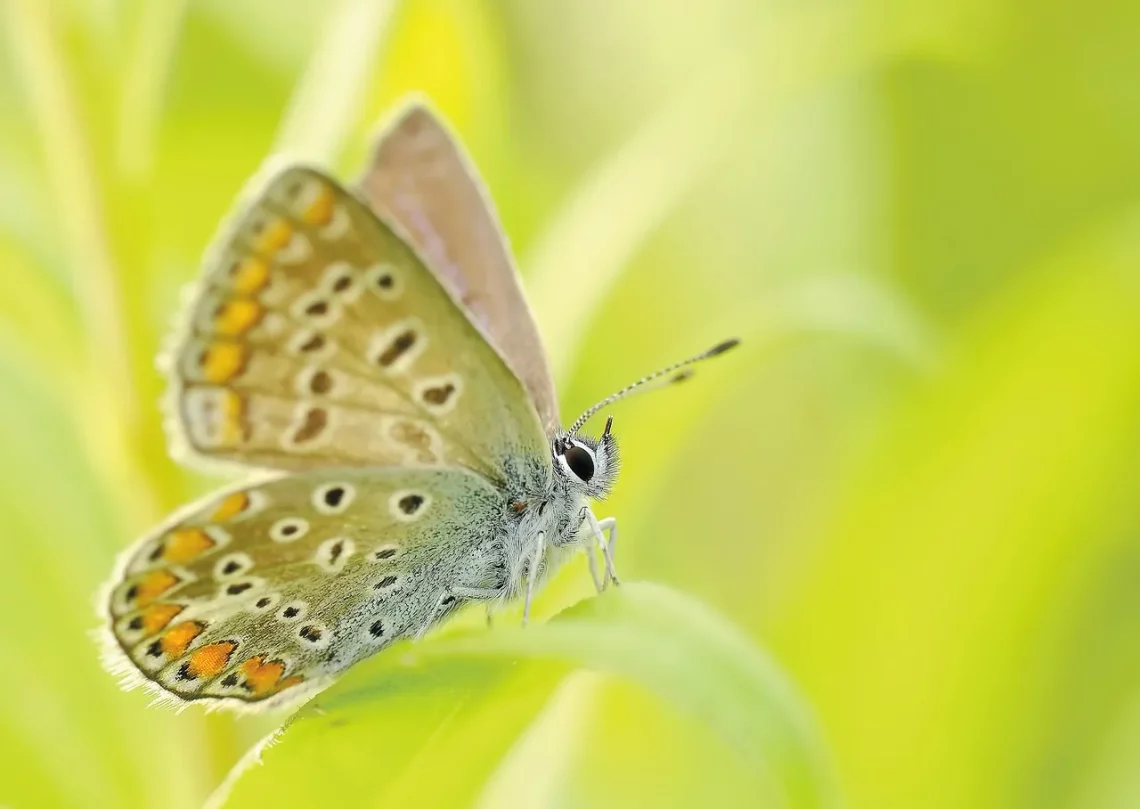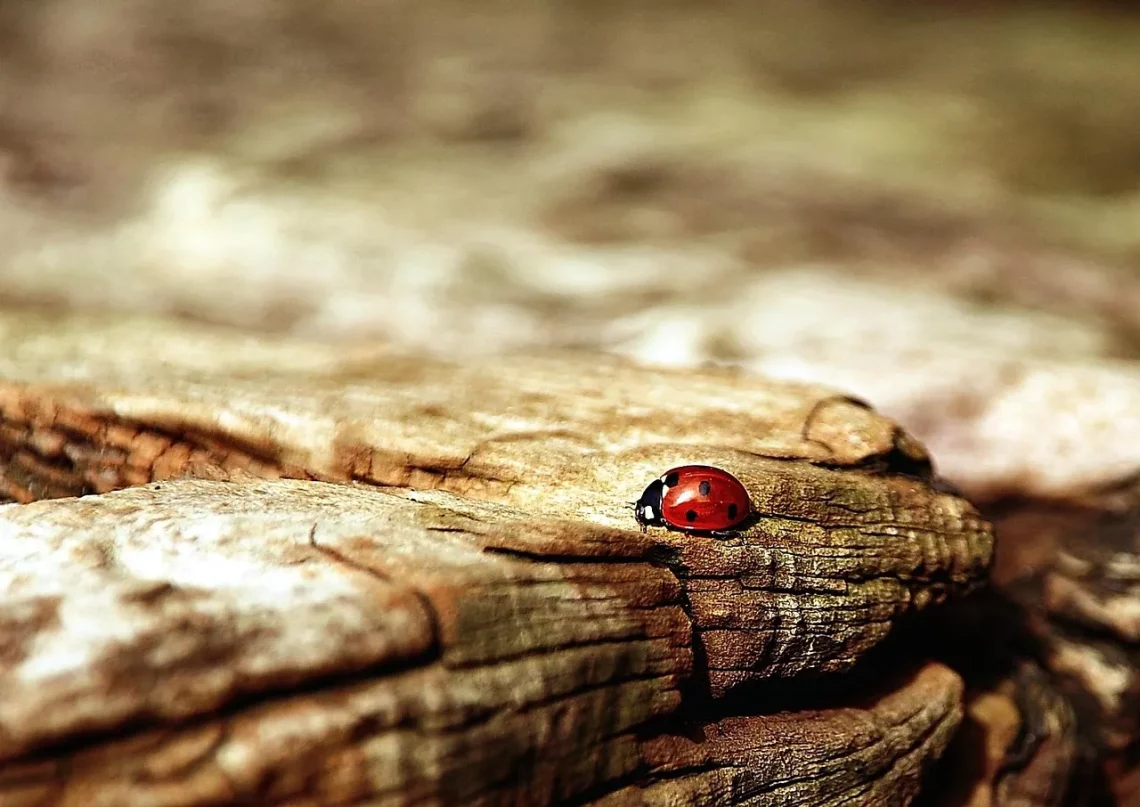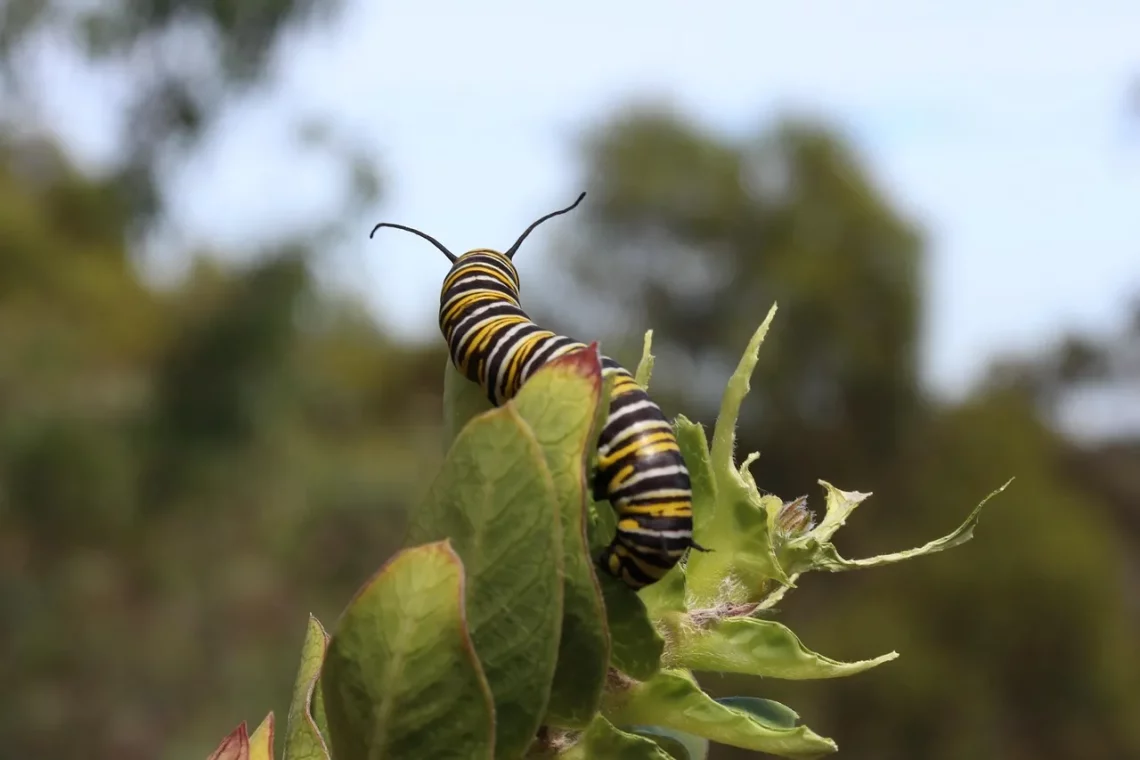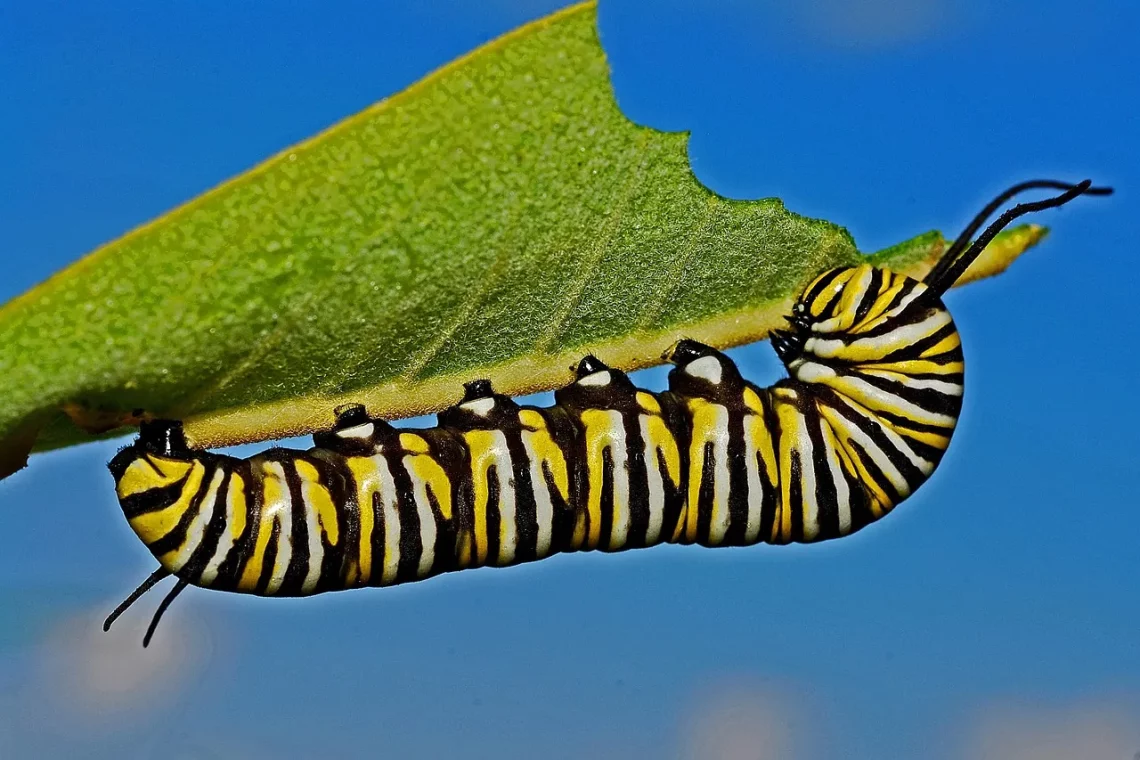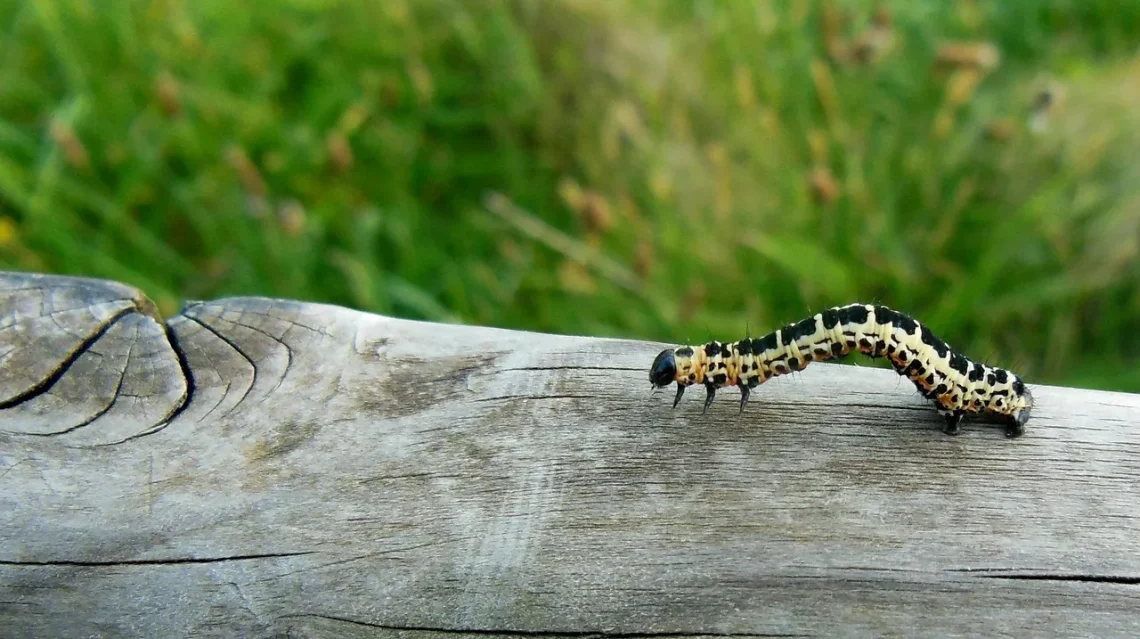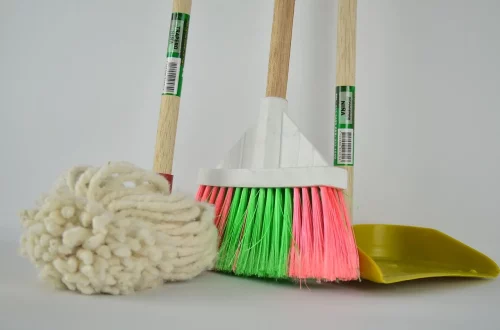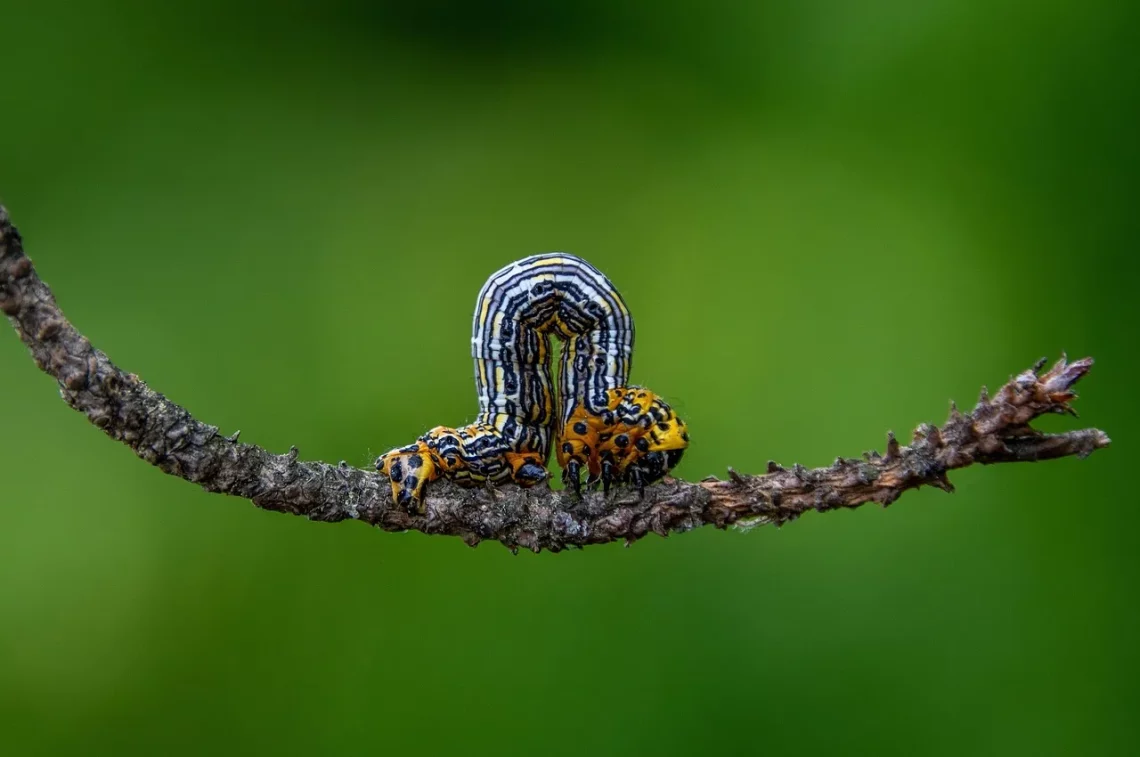-
Understanding the Effects of an Orange Ladybug Bite on Humans
The orange ladybug, often celebrated for its vibrant color and charming appearance, is a familiar sight in gardens and fields. These small beetles, belonging to the Coccinellidae family, are frequently associated with good luck and are beneficial to ecosystems, as they feed on aphids and other pests. However, despite their seemingly harmless nature, there are instances where humans may encounter these insects in a less than favorable light—particularly when it comes to bites. While ladybugs are not aggressive, they can bite if they feel threatened or provoked. This reaction is often unexpected for those who admire these insects from a distance. Understanding the effects of an orange ladybug bite on…
-
Understanding the Effects of an Orange Ladybug Bite on Humans
The orange ladybug, also known as the ladybird beetle, is a small yet fascinating creature that often catches the eye of nature enthusiasts and casual observers alike. With its bright coloration and charming appearance, this insect has garnered attention not only for its beauty but also for its intriguing behavior and ecological role. While many people associate ladybugs with good luck and garden health, there is a less commonly discussed aspect of these insects: their bite. Though ladybugs are generally considered harmless, understanding the potential effects of an orange ladybug bite on humans is crucial. This is particularly important for individuals who frequently interact with these insects in gardens or…
-
The Fascinating Life Cycle of the Pumpkin Caterpillar Explained
The fascinating life cycle of the pumpkin caterpillar is a subject that captivates both entomologists and nature enthusiasts alike. This remarkable insect, scientifically known as the Cucullia convexipennis, is closely associated with the pumpkin plant and is a key player in the ecosystem. Understanding its life cycle not only enlightens us about this specific caterpillar but also sheds light on the broader ecological relationships that exist within our gardens and agricultural lands. From egg to adult, the pumpkin caterpillar undergoes a series of transformative stages that illustrate the complexity of nature’s design. Each phase of its life is intricately linked to environmental factors such as temperature, humidity, and the availability…
-
The Fascinating Life Cycle of the Pumpkin Caterpillar Explained
The pumpkin caterpillar, known scientifically as the *Cucullia convexipennis*, is a fascinating creature that captivates both entomologists and garden enthusiasts alike. This unique insect is often associated with the fall season, particularly due to its connection with pumpkins and other gourds. As an essential part of the ecosystem, the pumpkin caterpillar plays a significant role in the food chain, serving as both a pollinator and a food source for various birds and other predators. Its life cycle is a remarkable journey of transformation and adaptation that not only highlights the beauty of nature but also serves as a reminder of the delicate balance within ecosystems. Understanding the pumpkin caterpillar’s life…
-
Understanding Caterpillar Weights for Optimal Growth and Health
Caterpillars are fascinating creatures that play a crucial role in the ecosystem. As the larval stage of butterflies and moths, they are not only vital for the life cycle of these insects but also serve as an important food source for a variety of animals. Understanding the weights of caterpillars is essential for their optimal growth and health, especially in relation to their environmental conditions and dietary habits. Weight is a significant indicator of the overall health of caterpillars, influencing their development, survival rates, and ultimately their transformation into adult moths or butterflies. Factors such as temperature, humidity, and food availability can greatly affect a caterpillar’s weight, making it a…
-
What Does a Flea Look Like to the Human Eye? Understanding Their Appearance
Fleas are small, wingless insects that are often notorious for their role as parasites on pets and humans. Their presence can evoke feelings of discomfort and unease, both because of their bites and the potential diseases they can carry. Fleas belong to the order Siphonaptera and are known for their incredible jumping ability, which allows them to move rapidly between hosts. With their flattened bodies and specialized mouthparts, fleas are perfectly adapted for a life spent largely on animals, feeding on their blood. The human eye is not particularly adept at detecting these minuscule creatures, as they typically range from 1 to 3 mm in length, depending on the species.…
-
Understanding the Unique Features of the Caterpillar Nose
Understanding the Unique Features of the Caterpillar Nose Caterpillars, the larval stage of moths and butterflies, are fascinating creatures that often evoke curiosity in both children and adults alike. Their transformations into beautiful butterflies or moths are remarkable, but it’s not just their metamorphosis that captures our attention. One of the most intriguing features of these insects is their nose, or more accurately, their head structure, which serves several essential functions in their survival and development. The anatomy of caterpillars is uniquely adapted to their lifestyle, which primarily revolves around feeding and growth. Unlike adult butterflies and moths, caterpillars have specific adaptations that support their role as herbivores. These adaptations…
-
Understanding the Fascinating Features of a Caterpillar Nose
Caterpillars, the larval stage of butterflies and moths, often captivate the imagination with their vibrant colors and peculiar appearances. While most people are familiar with their transformation into beautiful winged creatures, the intricate details of their anatomy often go unnoticed. One of the most fascinating features of caterpillars is their nose, or more accurately, the structures that serve a similar purpose. Understanding how these organisms function and interact with their environment can provide insight into their survival strategies and evolutionary adaptations. Caterpillars’ ability to thrive in diverse habitats is intricately linked to their sensory mechanisms, including their nose-like structures. These sensory organs are not only pivotal for locating food but…
-
The Fascinating World of Bug Poop and Its Role in Nature
The natural world is a complex web of interactions, where every organism plays a unique role in maintaining the balance of ecosystems. Among the myriad of life forms, insects stand out due to their significant impact on our environment. While many people may not appreciate the contributions of these tiny creatures, they are fundamental to various ecological processes. One often-overlooked aspect of insects is their waste, commonly referred to as “bug poop.” This organic matter, although seemingly insignificant, serves several crucial functions that benefit not only the insects themselves but also the plants, animals, and microorganisms in their vicinity. Bug poop, or insect frass, is a rich source of nutrients…
-
The Fascinating World of Bug Poop: Nature’s Tiny Treasures
The natural world is filled with wonders, many of which remain hidden in plain sight. Among these marvels are the often-overlooked excretions of insects, commonly referred to as bug poop. While the thought of insect droppings may not evoke feelings of fascination, these tiny treasures play a surprisingly vital role in our ecosystems. They are not simply waste products; rather, they are intricate components of nutrient cycles, seed dispersal, and even soil health. The study of insect feces offers insights into the behaviors and interactions of various species, revealing a complex web of life that thrives beneath our feet. Insects are among the most diverse organisms on the planet, and…
